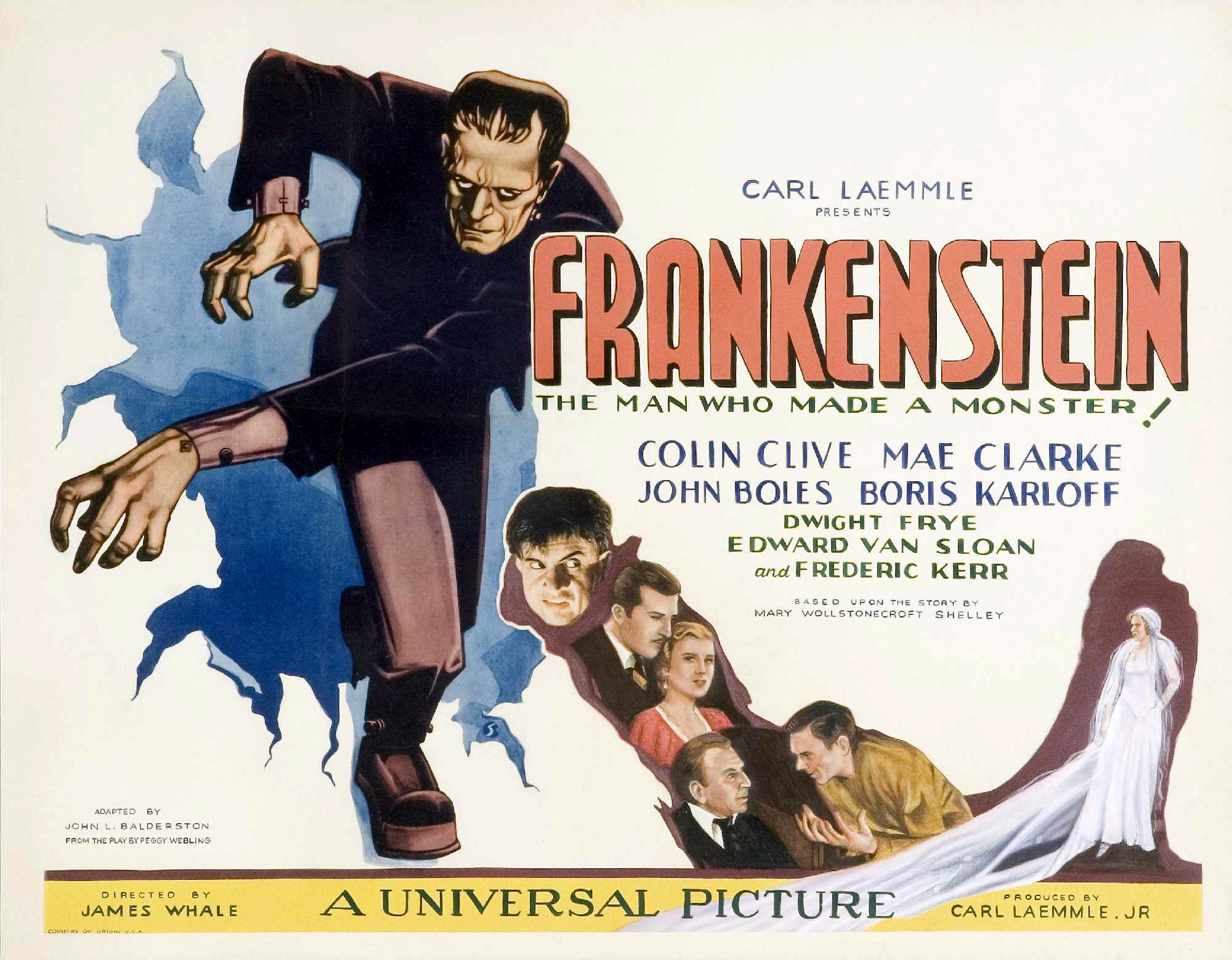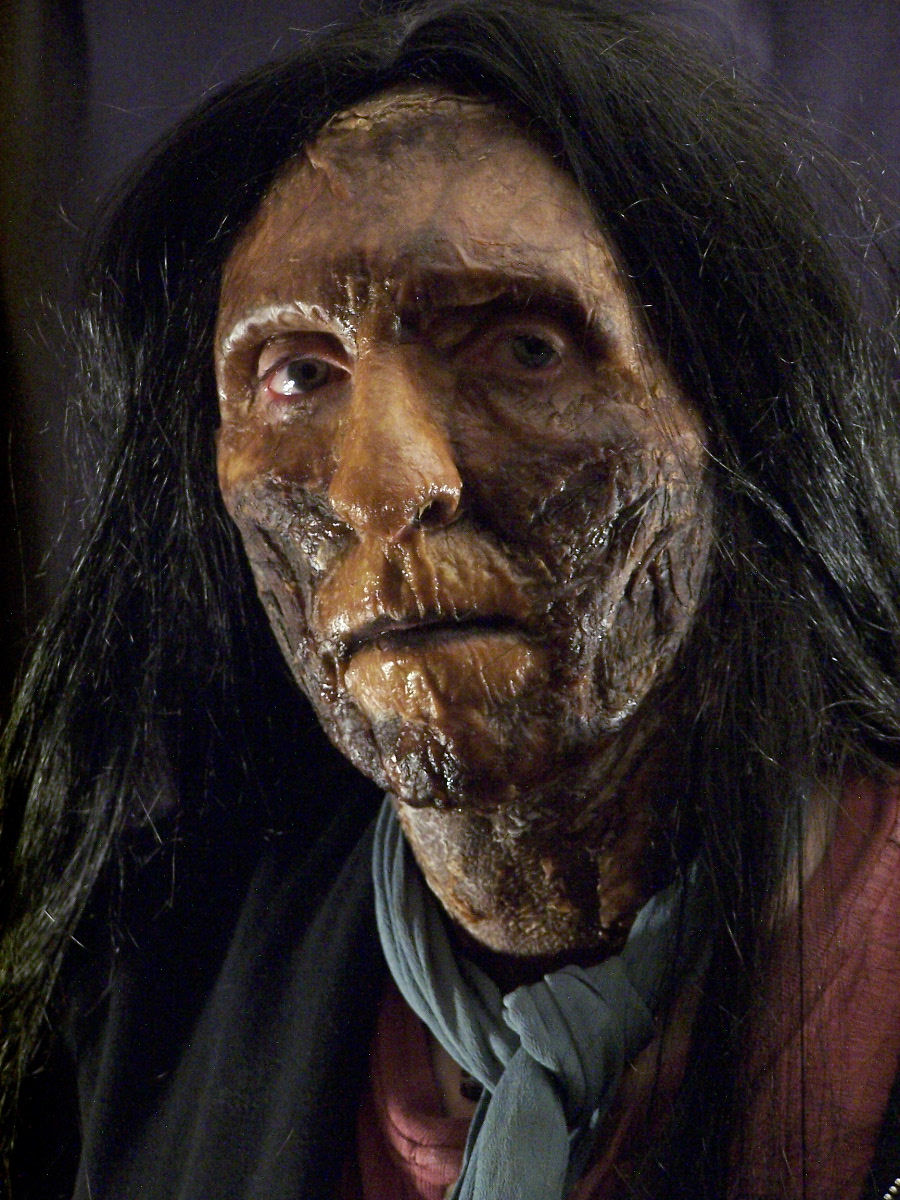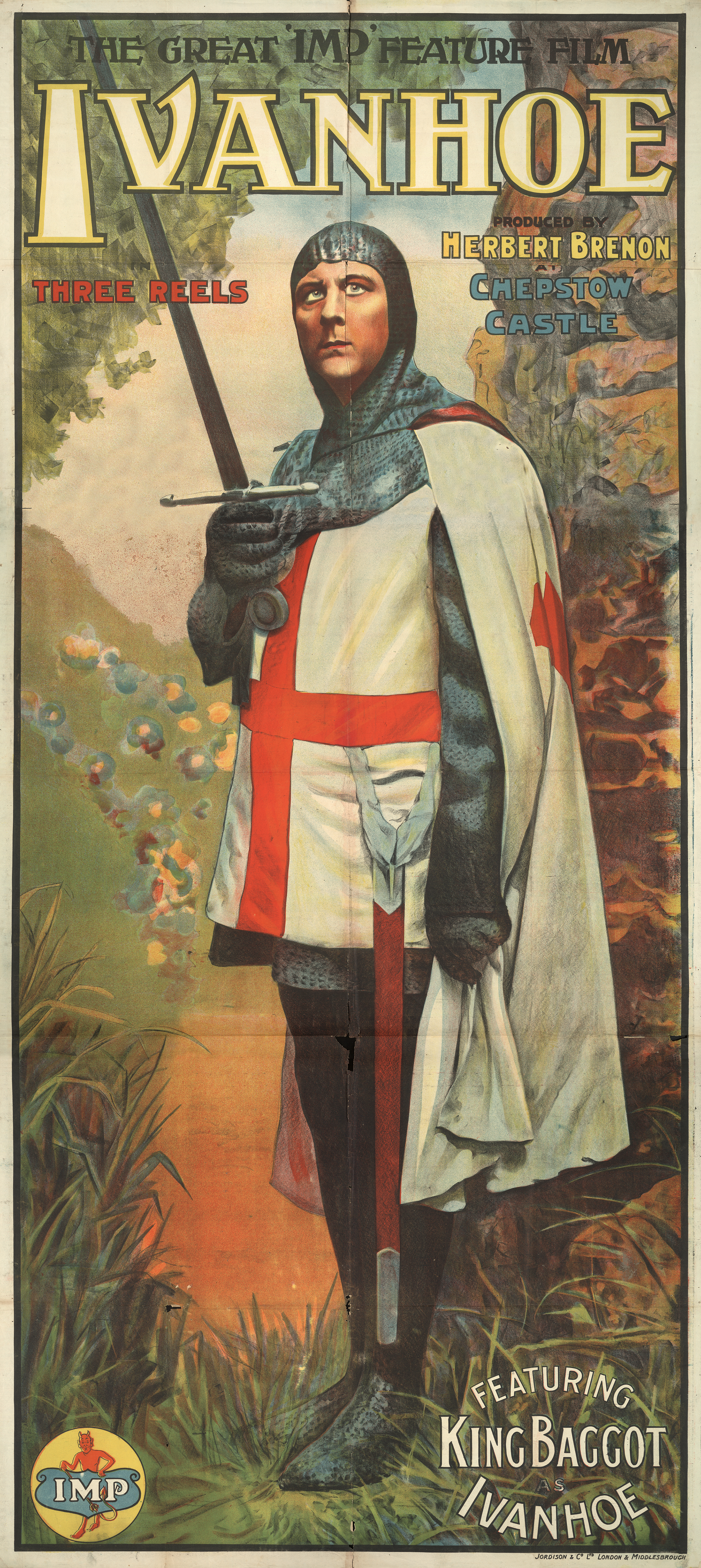|
Frankenstein (1931)
''Frankenstein'' is a 1931 American pre-Code science fiction horror film directed by James Whale, produced by Carl Laemmle Jr., and adapted from a 1927 play by Peggy Webling, which in turn was based on Mary Shelley's 1818 novel ''Frankenstein; or, The Modern Prometheus''. The Webling play was adapted by John L. Balderston and the screenplay written by Francis Edward Faragoh and Garrett Fort, with uncredited contributions from Robert Florey and John Russell. ''Frankenstein'' stars Colin Clive as Henry Frankenstein, an obsessed scientist who digs up corpses with his assistant in order to assemble a living being from body parts. The resulting creature, often known as Frankenstein's monster, is portrayed by Boris Karloff. The make-up for the monster was provided by Jack Pierce. Alongside Clive and Karloff, the film's cast also includes Mae Clarke, John Boles, Dwight Frye, and Edward Van Sloan. Produced and distributed by Universal Pictures, the film was a commercial success upon ... [...More Info...] [...Related Items...] OR: [Wikipedia] [Google] [Baidu] |
Karoly Grosz (illustrator)
Karoly Grosz ( , ; ; 1896–after 1938) was a Hungarian–American illustrator of Classical Hollywood–era film posters. As art director at Universal Pictures for the bulk of the 1930s, Grosz oversaw the company's advertising campaigns and contributed hundreds of his own illustrations. He is especially recognized for his dramatic, colorful posters for classic horror films. Grosz's best-known posters advertised early Universal Classic Monsters films such as ''Dracula'' (1931), ''Frankenstein'' (1931), ''The Mummy'' (1932), ''The Invisible Man'' (1933), and ''Bride of Frankenstein'' (1935). Beyond the horror genre, his other notable designs include posters for the epic war film ''All Quiet on the Western Front'' (1930) and the screwball comedy ''My Man Godfrey'' (1936). Original lithograph copies of his poster art are scarce and highly valued by collectors. Two posters illustrated by Grosz—ads for ''Frankenstein'' and ''The Mummy'', respectively—have set the auction record ... [...More Info...] [...Related Items...] OR: [Wikipedia] [Google] [Baidu] |
Edward Van Sloan
Edward Van Sloan (born Edward Paul Van Sloun; November 1, 1882 – March 6, 1964) was an American character actor best remembered for his roles in the Universal Studios horror films such as ''Dracula'' (1931), ''Frankenstein'' (1931), and ''The Mummy'' (1932). Early years Edward Paul Van Sloun was of Dutch and German descent and was born in New Trier, Minnesota, on November 1, 1882 the son of Martinus Van Sloun and Theresa ( Breher) Van Sloun. He was living in San Francisco by 1900 with his aunt Mary (''née'' Breher) Baumann and her daughter Alma. His mother settled in San Francisco, where young Edward resided with his siblings (the artist Frank J., Mary D., Leonora M., Alma K., Josephine) and mother as he launched his acting career in theaters. Career In 1915, Van Sloan was the leading man with the Forsberg Players, based at the Fulton Opera House in Lancaster, Pennsylvania. Van Sloan's roles in Universal's films date from the 1930s, including ''Dracula'' (1931), ''Fran ... [...More Info...] [...Related Items...] OR: [Wikipedia] [Google] [Baidu] |
Edward Van Sloan
Edward Van Sloan (born Edward Paul Van Sloun; November 1, 1882 – March 6, 1964) was an American character actor best remembered for his roles in the Universal Studios horror films such as ''Dracula'' (1931), ''Frankenstein'' (1931), and ''The Mummy'' (1932). Early years Edward Paul Van Sloun was of Dutch and German descent and was born in New Trier, Minnesota, on November 1, 1882 the son of Martinus Van Sloun and Theresa ( Breher) Van Sloun. He was living in San Francisco by 1900 with his aunt Mary (''née'' Breher) Baumann and her daughter Alma. His mother settled in San Francisco, where young Edward resided with his siblings (the artist Frank J., Mary D., Leonora M., Alma K., Josephine) and mother as he launched his acting career in theaters. Career In 1915, Van Sloan was the leading man with the Forsberg Players, based at the Fulton Opera House in Lancaster, Pennsylvania. Van Sloan's roles in Universal's films date from the 1930s, including ''Dracula'' (1931), ''Fran ... [...More Info...] [...Related Items...] OR: [Wikipedia] [Google] [Baidu] |
Jack Pierce (makeup Artist)
Jack Pierce (born Yiannis Pikoulas; May 5, 1889 – July 19, 1968) was a Hollywood make-up artist best remembered for creating the iconic makeup worn by Boris Karloff in ''Frankenstein'' (1931), along with various other classic monster make-ups for Universal Studios. Early career After immigrating to the United States from his native Greece as a teenager, Pierce tried his hand at several careers, including a stint as an amateur baseball player. In the 1920s, Pierce embarked on a series of jobs in cinema—cinema manager, stuntman, actor, even assistant director—which would eventually lead to his mastery of the field of makeup. The small-statured Pierce was never a "leading man"-type, and he put his performing career aside to specialize in make-up for other performers. In 1915 he was hired to work on crews for the studio's productions. On the 1926 set of ''The Monkey Talks'', Jack Pierce created the makeup for actor Jacques Lernier who was playing a simian with the ability ... [...More Info...] [...Related Items...] OR: [Wikipedia] [Google] [Baidu] |
Frankenstein's Monster
Frankenstein's monster or Frankenstein's creature, often referred to as simply "Frankenstein", is a fictional character who first appeared in Mary Shelley's 1818 novel ''Frankenstein; or, The Modern Prometheus''. Shelley's title thus compares the monster's creator, Victor Frankenstein, to the mythological character Prometheus, who fashioned humans out of clay and gave them fire. In Shelley's Gothic story, Victor Frankenstein builds the creature in his laboratory through an ambiguous method based on a scientific principle he discovered. Shelley describes the monster as tall and emotional. The monster attempts to fit into human society but is shunned, which leads him to seek revenge against Frankenstein. According to the scholar Joseph Carroll, the monster occupies "a border territory between the characteristics that typically define protagonists and antagonists". Frankenstein's monster became iconic in popular culture, and has been featured in various forms of media, inclu ... [...More Info...] [...Related Items...] OR: [Wikipedia] [Google] [Baidu] |
Henry Frankenstein
Victor Frankenstein is a fictional character and the main protagonist and title character in Mary Shelley's 1818 novel, ''Frankenstein; or, The Modern Prometheus''.. He is an Italian-Swiss scientist (born in Naples, Italy) who, after studying chemical processes and the decay of living things, gains an insight into the creation of life and gives life to his own creature (often referred to as Frankenstein's monster, or often colloquially referred to as simply "Frankenstein"). Victor later regrets meddling with nature through his creation, as he inadvertently endangers his own life and the lives of his family and friends when the creature seeks revenge against him. He is first introduced in the novel when he is seeking to catch the monster near the North Pole and is saved from near death by Robert Walton and his crew. Some aspects of the character are believed to have been inspired by 17th-century alchemist Johann Konrad Dippel. Certainly, the author and people in her environment ... [...More Info...] [...Related Items...] OR: [Wikipedia] [Google] [Baidu] |
Horror Film
Horror is a film genre that seeks to elicit fear or disgust in its audience for entertainment purposes. Horror films often explore dark subject matter and may deal with transgressive topics or themes. Broad elements include monsters, apocalyptic events, and religious or folk beliefs. Cinematic techniques used in horror films have been shown to provoke psychological reactions in an audience. Horror films have existed for more than a century. Early inspirations from before the development of film include folklore, religious beliefs and superstitions of different cultures, and the Gothic and horror literature of authors such as Edgar Allan Poe, Bram Stoker, and Mary Shelley. From origins in silent films and German Expressionism, horror only became a codified genre after the release of ''Dracula'' (1931). Many sub-genres emerged in subsequent decades, including body horror, comedy horror, slasher films, supernatural horror and psychological horror. The genre has been produ ... [...More Info...] [...Related Items...] OR: [Wikipedia] [Google] [Baidu] |
Science Fiction Film
Science fiction (or sci-fi) is a film genre that uses speculative, fictional science-based depictions of phenomena that are not fully accepted by mainstream science, such as extraterrestrial lifeforms, spacecraft, robots, cyborgs, interstellar travel, time travel, or other technologies. Science fiction films have often been used to focus on political or social issues, and to explore philosophical issues like the human condition. The genre has existed since the early years of silent cinema, when Georges Melies' '' A Trip to the Moon'' (1902) employed trick photography effects. The next major example (first in feature length in the genre) was the film ''Metropolis'' (1927). From the 1930s to the 1950s, the genre consisted mainly of low-budget B movies. After Stanley Kubrick's landmark '' 2001: A Space Odyssey'' (1968), the science fiction film genre was taken more seriously. In the late 1970s, big-budget science fiction films filled with special effects became popular with audie ... [...More Info...] [...Related Items...] OR: [Wikipedia] [Google] [Baidu] |
Pre-Code Hollywood
Pre-Code Hollywood was the brief era in the Cinema of the United States, American film industry between the widespread adoption of sound in film in 1929LaSalle (2002), p. 1. and the enforcement of the Motion Picture Production Code censorship guidelines, popularly known as the "Hays Code", in mid-1934. Although the Code was adopted in 1930, oversight was poor, and it did not become rigorously enforced until July 1, 1934, with the establishment of the Production Code Administration (PCA). Before that date, film content was restricted more by local laws, negotiations between the Studio Relations Committee (SRC) and the major studios, and popular opinion, than by strict adherence to the Hays Code, which was often ignored by Hollywood filmmakers. As a result, some films in the late 1920s and early 1930s depicted or implied innuendo, sexual innuendo, miscegenation, romantic and sexual relationships between white and black people, mild profanity, Recreational drug use, illegal drug ... [...More Info...] [...Related Items...] OR: [Wikipedia] [Google] [Baidu] |
Universal Pictures
Universal Pictures (legally Universal City Studios LLC, also known as Universal Studios, or simply Universal; common metonym: Uni, and formerly named Universal Film Manufacturing Company and Universal-International Pictures Inc.) is an American film production and distribution company owned by Comcast through the NBCUniversal Film and Entertainment division of NBCUniversal. Founded in 1912 by Carl Laemmle, Mark Dintenfass, Charles O. Baumann, Adam Kessel, Pat Powers, William Swanson, David Horsley, Robert H. Cochrane, and Jules Brulatour, Universal is the oldest surviving film studio in the United States; the world's fifth oldest after Gaumont, Pathé, Titanus, and Nordisk Film; and the oldest member of Hollywood's "Big Five" studios in terms of the overall film market. Its studios are located in Universal City, California, and its corporate offices are located in New York City. In 1962, the studio was acquired by MCA, which was re-launched as NBCUniversal in 2004. ... [...More Info...] [...Related Items...] OR: [Wikipedia] [Google] [Baidu] |
Maurice Pivar
Maurice Pivar (11 August 1894 in Manchester, United Kingdom – 14 June 1982 in Los Angeles, California, United States) was an English-American film editor, producer and writer. He edited 21 films, oversaw editing of 59 films, produced 4 films and wrote the dialogue descript to the film ''The Cohens and the Kellys in Africa'' between years 1921 and 1936. He died of a heart attack at the age of 88. Selected filmography *''Sensation Seekers'' (1927) *''Iron Man'' (1931) * ''Storm Over the Andes ''Storm Over the Andes'' (aka ''Alas sobre El Chaco'') is a 1935 American adventure film directed by Christy Cabanne and starring Jack Holt, Antonio Moreno and Mona Barrie. The low-budget programmer is set against the backdrop of the Chaco War be ...'' (1935) External links * British film editors British film producers Mass media people from Manchester British emigrants to the United States 1894 births 1982 deaths American film editors 20th-century British screenwriters [...More Info...] [...Related Items...] OR: [Wikipedia] [Google] [Baidu] |
Clarence Kolster
Clarence Kolster (September 6, 1895 – May 6, 1972) was an American film editor, active during the later years of the silent era, right through the 1950s. Biography Born in Plattsburgh, New York, in 1895, Clarence began his film career editing the 1922 silent film ''Rags to Riches''. During his 30-year career, he would edit almost 100 films, in addition to working as assistant director on the 1924 film ''The Lighthouse by the Sea''. His career would include such classics as ''The Painted Desert'', also in 1931, which featured Clark Gable's first speaking role; the 1946 remake of ''Of Human Bondage''; ''Always Leave Them Laughing'', starring Milton Berle and Virginia Mayo; and 1958's ''Our Miss Brooks'' starring Eve Arden. But Kolster's crowning achievement was his first mega-hit, the 1931 version of ''Frankenstein'', starring Boris Karloff. Kolster's editing of when the monster is revealed has been called, "... possibly the most distinguished piece of cutting in all of horror ... [...More Info...] [...Related Items...] OR: [Wikipedia] [Google] [Baidu] |

.jpg)





